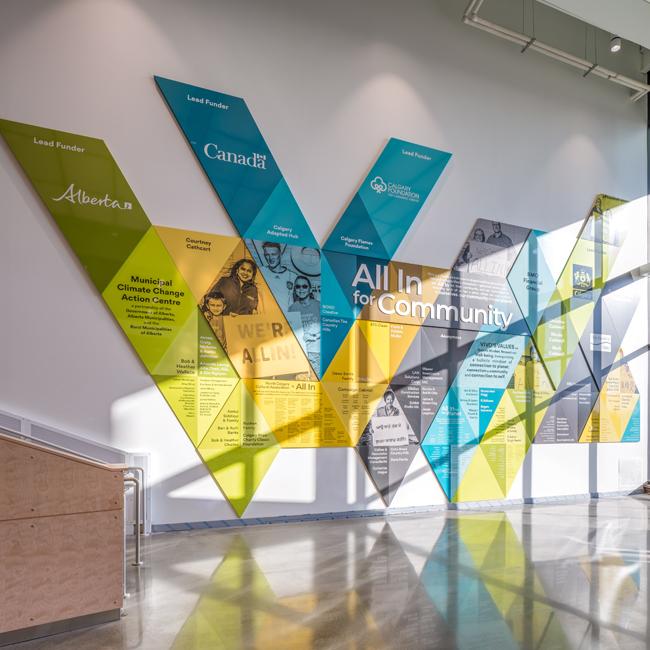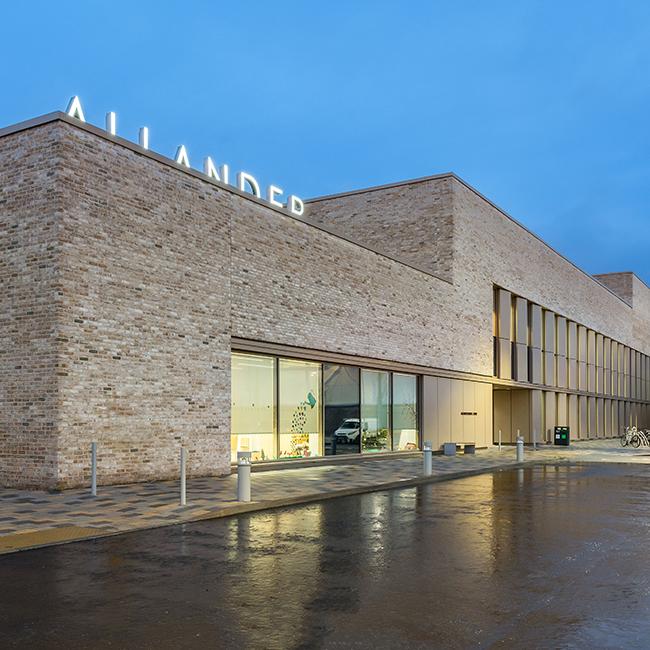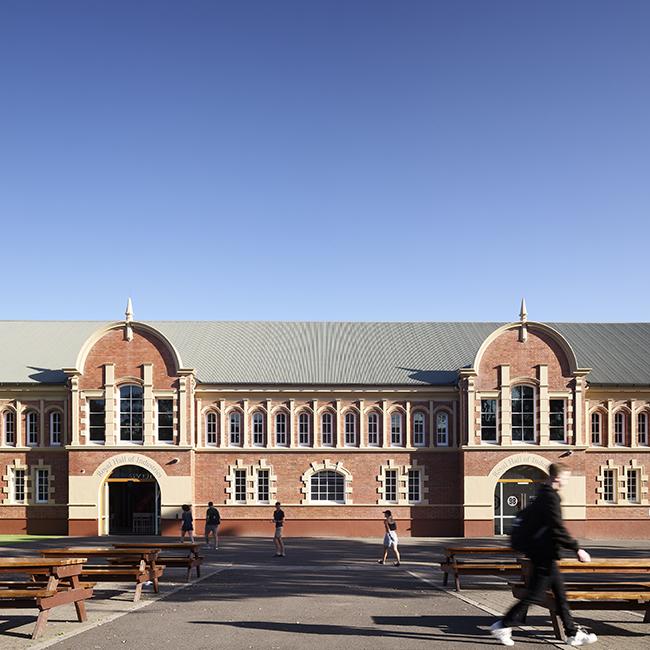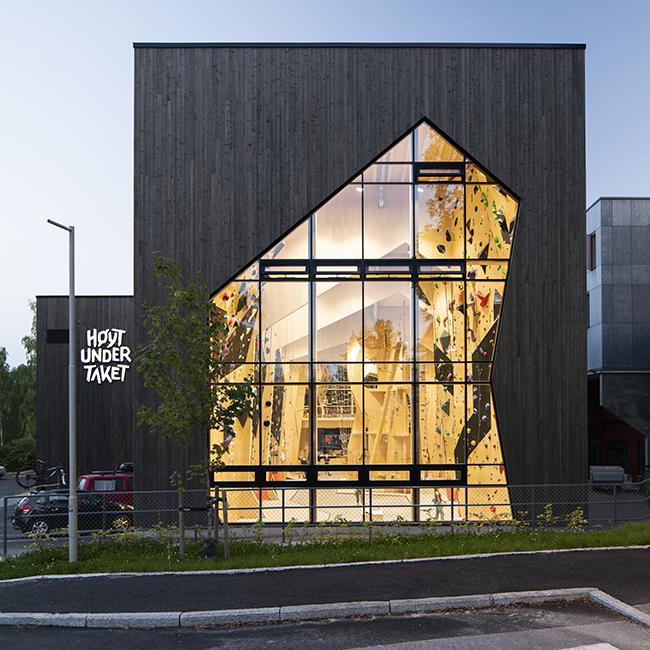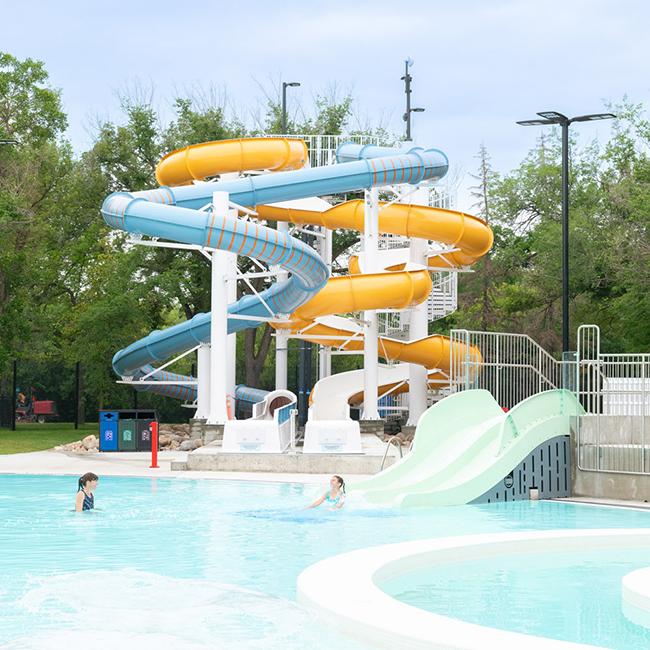Creating the perfect blend
author:
Shaun Dawson, Chief Executive of Lee Valley Regional Park Authority
London is generally held to be the best planned legacy from any Olympic Games – a million miles away from the sadly numerous examples around the world of grand unused sporting edifices from showpiece events like the Olympics. In this article Shaun Dawson will share how balancing community use and commercial opportunity has been the golden thread leading to the three London 2012 legacy venues for which he is responsible being popular and successful exemplars of well-executed legacy.
As Chief Executive of Lee Valley Regional Park Authority, I oversee an eclectic 26 mile, 10,000 acre (42 km / 4,000 ha) park which starts on the banks of the River Thames in a constantly changing area of east London, stretches through what is now Queen Elizabeth Olympic Park, and out to Hertfordshire.

Photos: Lee Valley Regional Park Authority and Eleanor Bentall, England Hockey

Author: Shaun Dawson, Chief Executive of Lee Valley Regional Park Authority, United Kingdom
The Authority is an unusual beast. It was set up by an Act of Parliament 50 years ago when the Lee Valley was largely derelict, ignored and unloved – known as “London’s privy, workshop and backyard”. The Lee was London’s working river and the Valley home to railway sidings, rubbish dumps, gravel pits, sewage works and polluting industry. Over the last half century Lee Valley Regional Park Authority has, with partners, transformed this unloved corridor into glorious award-winning open spaces and world-class sports venues that now attract more than seven million visits a year.
We have always aimed high and operate with a community focused, commercially driven business ethos. Back in the 1970s we built Europe’s largest leisure centre and in the 1980s created Britain’s first swimming pool with a wave machine.
While we were retiring our first generation of what had become outdated sports venues in the 1990s, we were developing a strategy for a “Zone of Sporting Excellence” in the Lee Valley. This included a VeloPark and a White Water Centre, with advanced plans for both developed in partnership with the sports’ National Governing Bodies.
So when the idea emerged of London bidding for the 2012 Games, partly using our land in the Lower Lee Valley, we were enthusiastic partners. As owners of a quarter of the land on which the Olympic Park was planned and owning strategic land holdings nearby, we were able to contribute expertise and passion along with worked-up plans for two venues. And crucially, before the bid was written we were the obvious “legacy client” or eventual owner of three of the venues planned for our land – what would become Lee Valley VeloPark, Lee Valley Hockey and Tennis Centre, and Lee Valley White Water Centre.
With this ownership came the responsibility – and pressure – to ensure that they would be successful in the long term. Our name would be above the door and we had a duty to make sure they worked from day one. This role made us the protector and advocate of their legacy. We were on the panels which selected architects, and made all key design decisions, championing the post-Games use throughout.

Photo: Lee Valley Regional Park Authority and Eleanor Bentall, England Hockey

Photo: Lee Valley Regional Park Authority and Eleanor Bentall, England Hockey
With this ownership came the responsibility – and pressure – to ensure that they would be successful in the long term. Our name would be above the door and we had a duty to make sure they worked from day one. This role made us the protector and advocate of their legacy. We were on the panels which selected architects, and made all key design decisions, championing the post-Games use throughout.
We learned from other Olympic experiences by journeying to Athens, Barcelona, Sydney and Beijing plus examining how Commonwealth cities like Manchester and Melbourne successfully transformed post Games. While the Olympic designers were focused on 17 days of the greatest sport in the world, our attention was on post-Games day-to-day essentials such as catering provision and sufficient toilets, plus building in commercial potential. We worked on detailed business plans to ensure that these three venues were community assets which had community use first and foremost through their 25-year plus life span, but could host major events and generate commercial income and ensure sufficient income to guarantee their long-term future.
We now run three successful legacy venues. Financially, two make an operational surplus. We have outsourced their running to a Leisure Trust with the aim of increasing commercial development and lessening costs, while maintaining their focus on community sports activity. The three have different dynamics, visitor demographics and uses, but share the same nine ingredients for success apply:
1 Have a long-term vision and philosophy as an owner to determine what the venues will be.
Our business philosophy was clear from the outset – we are community focused and commercially driven. This twin approach placed community use at the heart of the three venues alongside a laser-like focus on commercial opportunities to guarantee their financial future. This means that while sport is still king, our venues have hireable spaces built-in, are used as filming locations, host meetings and conferences and evolve to meet changing leisure trends. For example, a large area used for overlay during the Games at Lee Valley White Centre now hosts a huge inland beach with volleyball, beach football and an inflatable play park. None of these are linked to canoeing or rafting, but they broaden the venue’s demographic enormously.
2 Build in as much transformation as possible at the planning stage.
London 2012 needed only a velodrome and BMX track, but our vision for the post-Games venue was a “VeloPark” where all four Olympic cycling disciplines would be available. Adding in a one-mile road circuit and five miles of mountain bike trails would have been impossible if it had not been factored in from the start. Similarly, we learnt from other white water centres that a second, gentler white water course would broaden our market and provide a sporting pathway for people new to canoeing. We led a consortium which raised GBP 6 million to create this and integrated it into the London 2012 design.
3 Getting venues right is difficult.
Planning 25 years ahead is hard, do not expect to get everything right.
4 Expect to compromise.
Major sports venues are almost always delivered through joint working and an array of stakeholders. It is natural to have tensions between a group made up of organisations with different agendas – the only way to deal with this is through compromise.
5 Be flexible, adapt and expect venues to change over time.
We have added considerable infrastructure to Lee Valley Hockey and Tennis Centre, but only now are we poised to maximise the entire potential of the site with further leisure development, taking advantage of a large development platform.
6 Prioritise the programme and business plan.
We have achieved a blended programme with around 80% of activity reserved for schools, clubs and community, and the rest packed with a range of commercial activities such as private hires, teambuilding and corporate events.
7 Remove barriers to participation.
Activities at our venues start at GBP 5 – and for disadvantaged groups our Community Access Fund can pay for travel and coaching. We have partnered with providers to run all-ability cycling and tennis programmes for wheelchair users, people with learning disabilities, sight impairments and mental health issues. We invested in 243 bikes, which means anyone can turn up and have a go, and visitors need no specialist equipment.

Photo: Lee Valley Regional Park Authority and Eleanor Bentall, England Hockey

Photo: Lee Valley Regional Park Authority and Eleanor Bentall, England Hockey
8 Bring back the magic of big events.
We have hosted four World Cups, two World Championships and ten other major international events since London 2012. In 2022, Lee Valley VeloPark will make history becoming the only venue in the world to host an Olympics, World Championships and Commonwealth Games in the same sport. We work closely with our national governing bodies, international federations and commercial promoters and invest time, money and expertise in major events.
9 Embrace change.
The market is continually evolving. Be prepared to face constant challenges of meeting customer demand, keeping audiences engaged, creating new products and pushing the boundaries of what is possible at each venue.

